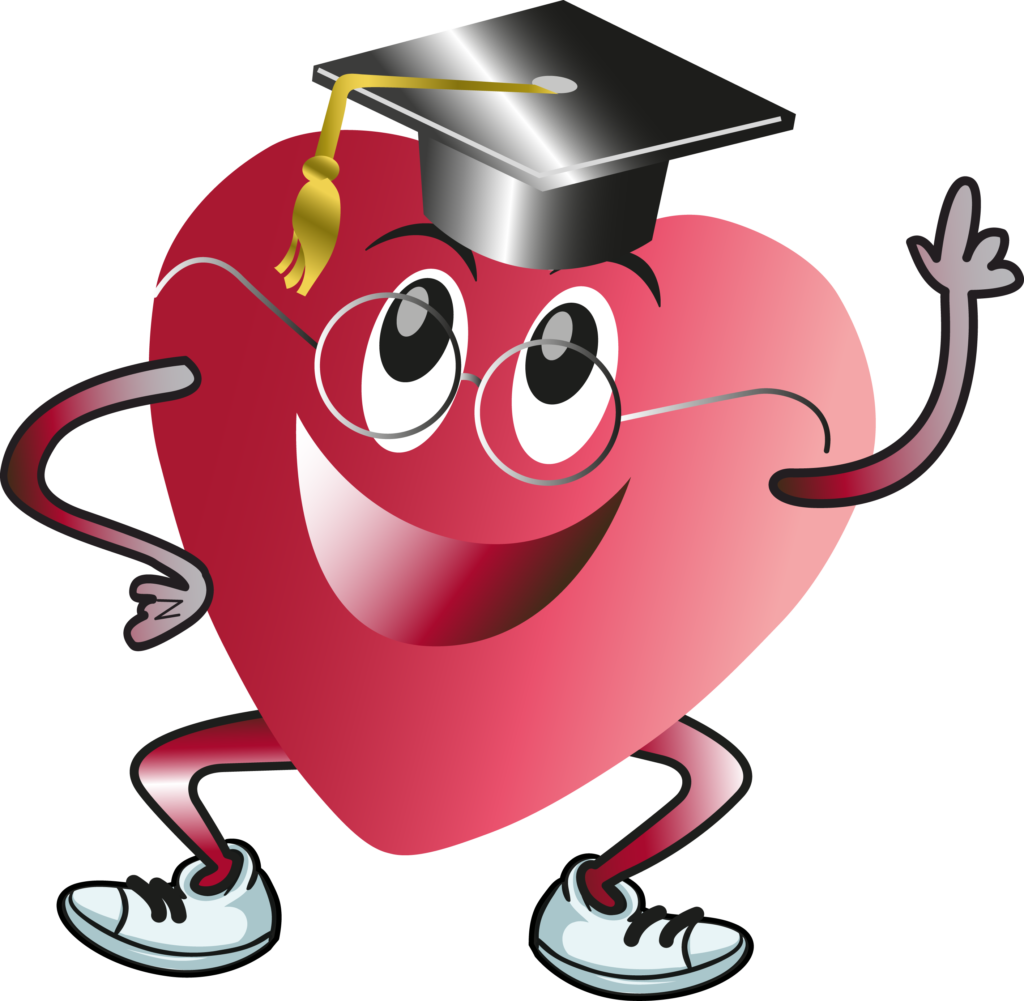What is salt? Are the terms salt and sodium interchangeable?
Salt is found in a wide range of food and drinks and is used in cooking to enhance the flavour of food. It is commonly referred to as table salt.
The terms salt and sodium do not mean the same thing and are not interchangeable. Salt, also known as sodium chloride, is a compound comprising of about 40% sodium and 60% chloride whereas sodium is a mineral. Sodium is essential for various bodily functions. However too much of sodium in our body can contribute to increased risk of high blood pressure which can lead to heart disease and stroke. Salt is the primary source of sodium. This is why high salt diets can put a person at higher risk of high blood pressure.
A National Health Survey conducted in 2020 found that one in three adult Singapore residents had high blood pressure during the period of 2019 and 2020.
How much salt is too much?
On average Singapore residents consumed 3.6 gram of sodium per day (9g of salt) which is about one and half teaspoon of salt. This is more than World Health Organisation (WHO)’s recommendation for adult to consume less than 2g of sodium per day.
The amount of salt a person needs varies depending on age. Children needs less salt than adult. Ideally, adults should eat no more than 2g of sodium a day (5g of salt) which is about 1 teaspoon of salt.
Salt in our diets can come from processed food which is particularly high in salt content such as processed meat (e.g. bacon, ham, luncheon meat), salty snacks, cheese and instant noodles. Salt is also added during cooking or at the table (e.g. soya sauce, table salt). Overall, more than 70% of sodium that we eat comes from processed food, and food we consumed in restaurants.
It is important to note that salt is not the only product that contains dietary sodium. Sodium also occurs naturally in some food such as celery and beets. In nutritional label, the salt content of food products is usually shown as sodium rather than salt.
How can I consume less salt?
A diet high in salt can lead to higher risk of high blood pressure and other health complications. Studies have shown that reduction of salt intake helps lower blood pressure. This means by taking steps to cut back on salt in your diet you can lower your blood pressure and keep your heart healthy.
Here are some tips to help you cut down salt intake:
- When shopping for food, check nutritional labels on packaged and premade foods and choose those with lower sodium.
- Choose healthier options that are lower in sodium. Limit foods that are high in sodium such as processed meat (e.g. ham, luncheon meat, sausages), sauces, dressings and instant flavoured food such as instant noodles
- Limit salty snacks. Instead of salty crackers or chips, snack on unsalted nuts
- Use herbs, spices and aromatics like onion, garlic to flavour your food in place of salt when cooking
- Take the salt shaker or soya sauce off your table. Taste your food first. Most often you do not need to add extra salt.
References:

The information, images and other material contained on this website are for informational purposes only, and are provided with no guarantee of accuracy, completeness or usefulness and without any warranties of any kind whatsoever, express or implied. No material on this website is intended to be a substitute for professional medical advice, diagnosis or treatment. Always seek the advice of your physician or other qualified healthcare provider with any questions you may have regarding a medical condition or treatment.



